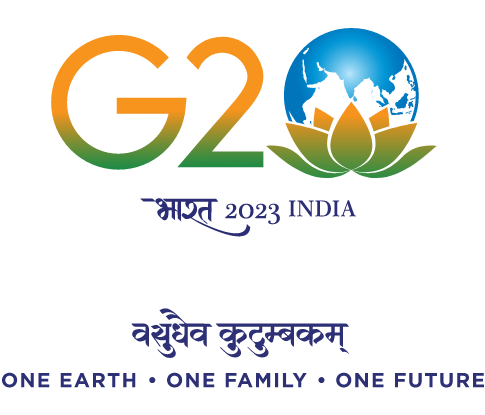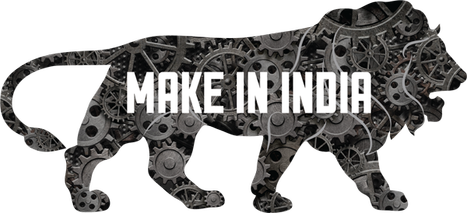 |
|
AIR Interview
Recent Updates
- Knowledge
- Enlightenment
- Explore
- Build
- Reveal
- Future
- Astronomy

3D viewing with Polaroid - Two separate projectors project two images of an object seen through left and right eye. The viewer views through a pair of analysing filters (linear polarizers mounted in reverse orientation). Our brain fuses these two images into perception of a three dimensional scene or composition.
- Introduction of Indian contributions in Science - An attempt is made with this part of the exhibit to show case the ancient Indian independent contributions in science. Specially focusing on some important fields of science, mathematics, medicines etc.
- Word numeral - The nine numbers ranging from 0 to 9 were related to physical realities. In this exhibit you can study how the different numbers were used to express each number.

- Gravity - It was regarded that gravity not as a force but as a cause of the act of falling in 5th century BC.
- Elasticity - Elasticity was conceived as the property that responsible for a bow or a branch of tree, which can undergo contraction or expansion.
- Viscosity - It was conceived as the cause of cohesion and smoothness.

- Area of circle - This exhibit tells how Aryabata gives the area of circle formula which is known even today.
- Mathematical series: This exhibit shows us about the trigonometric operations.

3D viewing with Polaroid - Two separate projectors project two images of an object seen through left and right eye. The viewer views through a pair of analysing filters (linear polarizers mounted in reverse orientation). Our brain fuses these two images into perception of a three dimensional scene or composition.
Kaleidoscope - This is a kaleidoscope with three plain mirrors arranged along the three sides of an equilateral triangle. The mirrors being at equal angles with each other from multiple symmetrical images of the flowing coloured liquid kept inside
Our Updates


.







